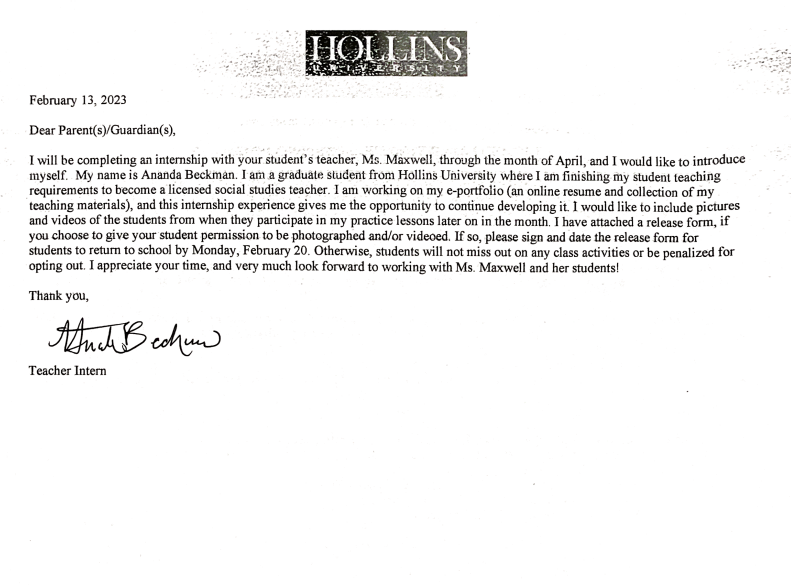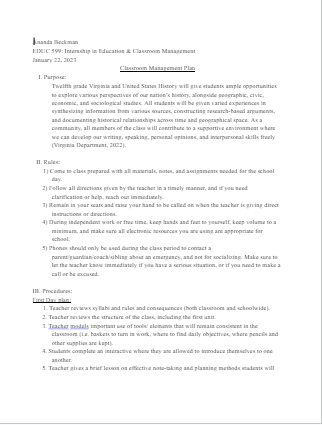Standard #10: Leadership and Collaboration
The teacher seeks appropriate leadership roles and opportunities to take responsibility for student learning, to collaborate with learners, families, colleagues, other school professionals, and community members to ensure learner growth, and to advance the profession.
Strong leadership and collaboration involve performance assessment of the teacher. It stresses assessment of one’s needs along with those of the students and the school. A teacher’s identity, experiences, and perception can affect expectations and quality of interaction with others. The teacher should reach past their own biases to better understand cultural, gender, ethnic, and learning differences. The teacher sees their own skillset as progressive and prioritizes professional development. However, bettering the practice as a whole relies on collaboration with all others involved in the learning process. Responsible leadership involves making sure one’s behavior is lawful, safe, and ethical at all times.
Whether it’s taking advice from a principal, or maintaining an open line of communication with parents, outside opinions can help build a teacher’s professional manner. This standard also stresses overcoming one’s own perceptions and biases, which is essentially building a strong sense of empathy. Self-assessment may also ensure a teacher is proud of who they are as an instructor and is not getting lost in the stress of the practice.
A simple, professional letter to a parent/guardian using positive language is an essential tool in establishing communication. Maintaining communication is especially important with younger students who are still learning how to organize themselves and advocate for themselves. There is no reason for students or guardians to feel there are barriers to asking for help, and it is the teacher’s responsibility to first extend themselves in building those relationships.
As a guest at Cave Spring High School during my short-term internship, I was able to create a hypothetical classroom management plan after observing the expectations and everyday procedures of eleventh-grade students. A thoughtful plan ideally shared with students and guardians within the first day or two of a course ensures the classroom community understands the appropriate ways to interact with one another, find help, and complete assignments. A solid classroom plan allows teacher and students to hold themselves accountable for their learning outcomes.
Teachers can use student feedback to improve instruction for the remainder of the school year as well as when the class is re-taught in the future. Within a supportive, collaborative environment, students should be comfortable telling their teacher how well materials are supporting their learning. The opinions of students are often the best resource for professional improvement. One way that I embodied this mindset was by improving note-taking tools and my exams based on student feedback.
Click on the links above to see how I improved my exam writing between consecutive units based on feedback from seventh graders. They said the Cold War exam review day was helpful and that the questions were much clearer than the previous test.

